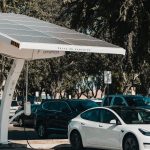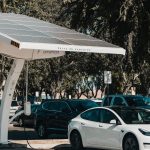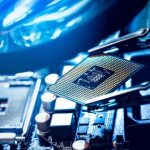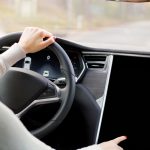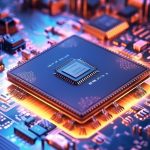The recent study highlights the complexities surrounding the atmospheric conditions of tidally locked exoplanets. Researchers focus on these planets, which orbit closely to their host stars, resulting in one side always facing the star while the other remains perpetually dark. This configuration raises concerns about their habitability and the methods used to detect atmospheric presence, as clouds on the dark side may provide misleading temperature readings.
What are the implications of tidal locking?
Tidal locking significantly affects a planet‘s climate and habitability. A planet in close proximity to a red dwarf star will experience intense stellar radiation on its day side while its night side may become extremely cold. The study notes how a suitable atmosphere could mitigate temperature extremes by enabling heat transfer between the two sides, potentially allowing for a habitable environment despite the tidal locking phenomenon.
How can researchers measure exoplanet atmospheres?
Measuring the surface temperatures of tidally locked planets allows astronomers to infer the presence of an atmosphere. They execute this by observing temperatures on both the day and night sides while the planet transits in front of and behind its star. A substantial temperature difference would typically suggest a lack of atmosphere, but the latest findings show that cloud cover may alter this conclusion.
What challenges arise from cloud cover readings?
Clouds on the dark side of a tidally locked exoplanet could misrepresent atmospheric conditions. The research indicates that when clouds form in a planet’s thicker atmosphere, it could lead to a smaller temperature difference between the day and night sides. Consequently, observations might falsely indicate an airless world due to the cooler readings taken from the upper layers of clouds on the night side.
The study underscores the need for updated observational strategies to accurately determine atmospheric characteristics on tidally locked planets. Scientists aim to utilize data from the James Webb Space Telescope (JWST) to distinguish between planets with atmospheres and those lacking them. The findings indicate that the search for habitable worlds requires more refined analyses than previously considered, especially in light of the role clouds may play in temperature assessment.
New insights will benefit future missions aimed at detecting life-supporting conditions on distant exoplanets. Understanding the complexities of tidally locked planets and their atmospheres could greatly impact how scientists evaluate potential habitability in the cosmos, paving the way for a more in-depth exploration of these celestial bodies.





